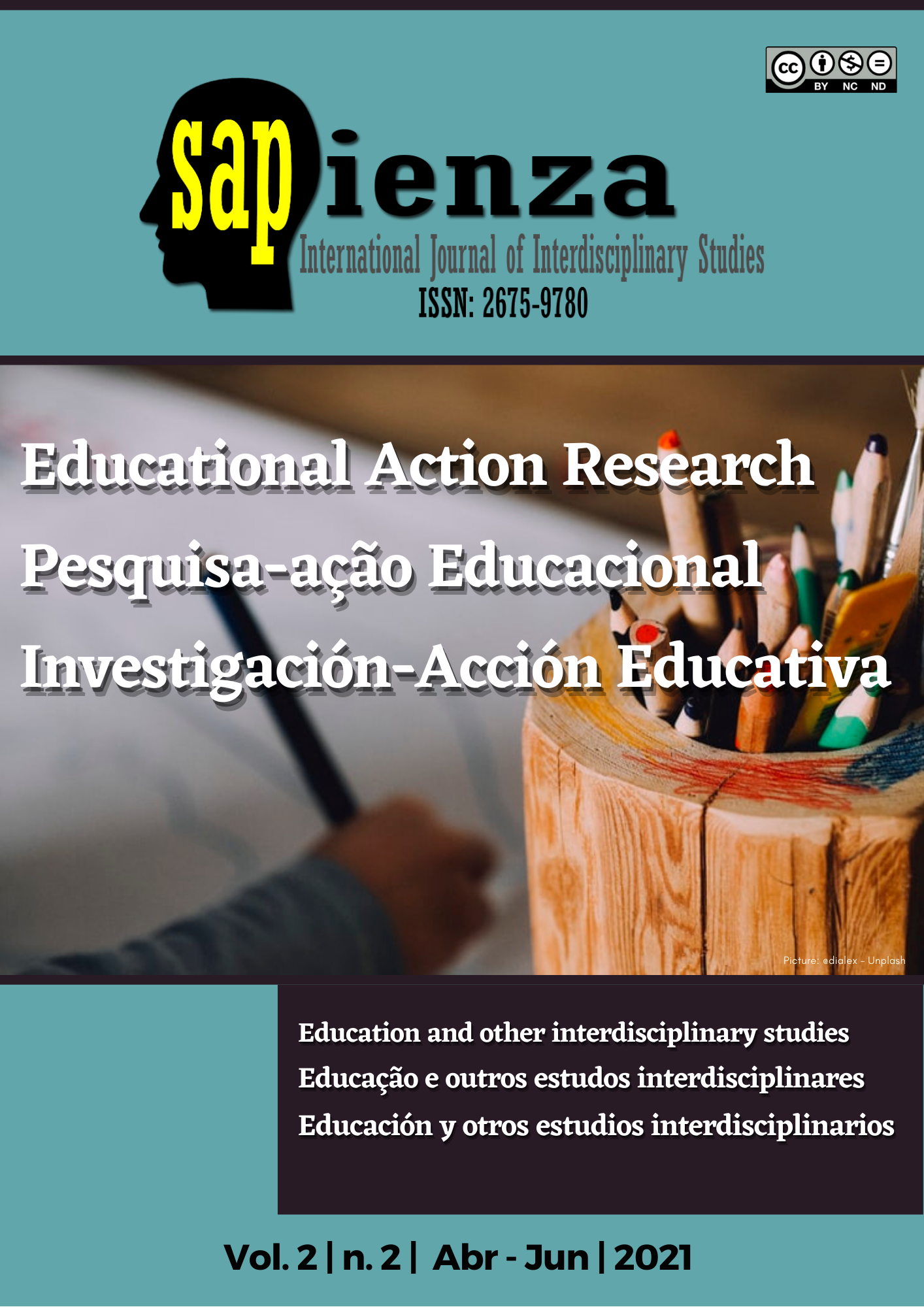Online learning readiness of the Science, Technology, and Engineering (STE) Program students of Sta. Cruz National High School during COVID-19 pandemic
DOI:
https://doi.org/10.51798/sijis.v2i2.100Keywords:
Online Learning Readiness. Distance Learning.Abstract
The global health crisis created by COVID-19 has posed significant obstacles to the educational system, prompting a change from face-to-face classes to distance learning. In the middle of this global pandemic, different schools worlwide have used online learning as one of the distance learning modalities. This action research aimed to determine the online learning readiness of the Science, Technology, and Engineering (STE) Program students of Sta. Cruz National High School. A survey was used to determine the demographic profile and the online learning readiness level of these students in terms of expectations, self-direction, learning preferences, self-study habits, technology skills, hardware/software capabilities, and family support. This research utilized a quantitative descriptive research design. The results of this study shows that most of the STE students of this school have high level of online readiness in terms of expectations, self-direction, learning preferences, self-study habits, and technology skills. However, most of them only have an average level of online readiness in terms of hardware/software capabilities. Moreover, these students believed that their parents and family members are willing to support their needs that are essential for their active engagement in online learning. The findings of this research shall serve as basis for crafting policies, programs and projects to provide support in terms resources both physical and financial for the successful implementation of the online distance learning of students under the STE Program.
References
Campbell, N. (2014). Book Review: Entering the Shift Age: The End of the Information Age and the New Era of Transformation. Journal of Macromarketing, 34(1), 95–97. https://doi.org/10.1177/0276146713507957
Palatino, M. (2020). Are Schools in the Philippines Ready to Open in a Pandemic? The Diplomat. Retrieved from: https://thediplomat.com/2020/08/are-schools-in-the-philippines-ready-to-open-in-a-pandemic/
Prensky, M. (2001). Digital Natives, Digital Immigrants. Retrieved from: https://www.marcprensky.com/writing/Prensky%20-%20Digital%20Natives,%20Digital%20Immigrants%20-%20Part1.pdf
Rodriquez, F. (2015). Learning How to Learn: Reflecting on the Work of Alvin Toffler. Extended Campus: The University of Oklahoma. Retrieved from: https://pacs.ou.edu/blog/learning-how-to-learn-reflecting-on-the-work-of-alvin-toffler/
UNESCO. (2020). COVID-19 Educational Disruption and Response. Retrieved from https://en.unesco.org/covid19/educationresponse
United Nations (2020). Policy Brief: Education during COVID-19 and beyond. Retrieved from: https://www.un.org/development/desa/dspd/wp-content/uploads/sites/22/2020/08/sg_policy_brief_covid-19_and_education_august_2020.pdf
Williams, M. (nd). Online Readiness Questionnaire. Penn State University. Retrieved form: https://www.ncc.edu/programsandcourses/ distance_ed_online/self_eval/assessment.html
Downloads
Published
How to Cite
Issue
Section
License
Copyright (c) 2021 Ronald A. Diaz

This work is licensed under a Creative Commons Attribution-NonCommercial-NoDerivatives 4.0 International License.









